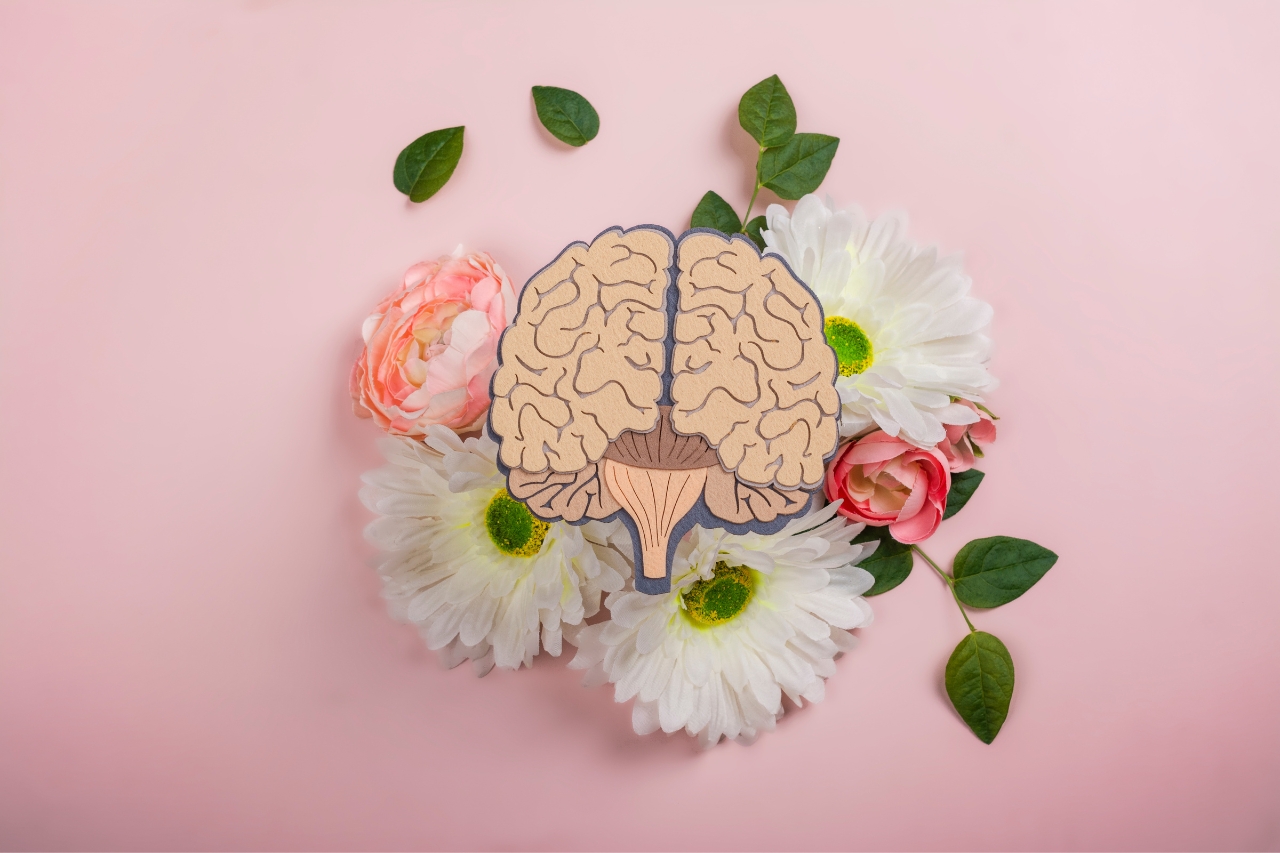Hypertension, commonly known as high blood pressure, is a pervasive health issue that affects millions of people worldwide. While traditional treatments such as medication and lifestyle changes are essential for managing hypertension, incorporating sensorial exercises can play a crucial role in reducing stress and promoting relaxation. By engaging in activities that stimulate the senses—such as deep breathing exercises, aromatherapy, color therapy, and listening to soothing music—individuals can naturally lower their stress levels and support their overall well-being. This blog explores the benefits of sensorial exercises for managing hypertension and provides practical tips for integrating these activities into your daily routine.
Understanding Hypertension and the Role of Stress:
- What is Hypertension?
- Hypertension is a condition characterized by persistently elevated blood pressure in the arteries. It is a major risk factor for heart disease, stroke, and kidney failure.
- Blood pressure is measured in millimeters of mercury (mmHg) and recorded as two numbers: systolic pressure (when the heart beats) over diastolic pressure (when the heart rests). A reading of 130/80 mmHg or higher is considered hypertension.
- The Impact of Stress on Hypertension:
- Chronic stress is a significant contributor to hypertension. Stress triggers the release of stress hormones like cortisol and adrenaline, which increase heart rate and constrict blood vessels, leading to higher blood pressure.
- Reducing stress through relaxation techniques and sensorial exercises can help lower blood pressure and improve cardiovascular health.
The Benefits of Sensorial Exercises:
- Deep Breathing Exercises:
- How It Works: Deep breathing exercises involve slow, deliberate breaths that engage the diaphragm, promoting relaxation and reducing stress.
- Benefits: These exercises can lower heart rate, decrease blood pressure, and enhance overall mental clarity. Techniques such as diaphragmatic breathing, 4-7-8 breathing, and box breathing are particularly effective.
- Aromatherapy:
- How It Works: Aromatherapy uses essential oils extracted from plants to stimulate the sense of smell. These oils can be inhaled directly or diffused in the air.
- Benefits: Certain essential oils, like lavender, chamomile, and bergamot, have calming properties that can reduce stress and anxiety, leading to lower blood pressure. Aromatherapy can also improve sleep quality and boost mood.
- Color Therapy (Chromotherapy):
- How It Works: Color therapy involves the use of colors to influence mood and physiological responses. Different colors can have various effects on the body and mind.
- Benefits: Cool colors like blue and green are known for their calming effects and can help reduce stress and hypertension. Incorporating these colors into your environment through lighting, decor, or visualizations can promote relaxation.
- Soothing Music:
- How It Works: Listening to soothing music engages the auditory senses and can induce a state of relaxation. Music with a slow tempo and calming melodies is particularly effective.
- Benefits: Music therapy can lower heart rate and blood pressure, reduce anxiety, and improve mood. Classical music, nature sounds, and ambient music are excellent choices for relaxation.
Practical Tips for Integrating Sensorial Exercises into Daily Life:
- Morning Routine:
- Start your day with deep breathing exercises to set a calm tone. Spend 5-10 minutes practicing diaphragmatic breathing or 4-7-8 breathing.
- Use a diffuser with calming essential oils like lavender or chamomile to create a serene atmosphere as you get ready for the day.
- During Work Breaks:
- Take short breaks during work to practice deep breathing or listen to soothing music. This can help reduce stress and maintain focus throughout the day.
- Incorporate color therapy into your workspace by using blue or green accessories, such as a desk lamp, mouse pad, or artwork.
- Evening Relaxation:
- Wind down in the evening with a relaxing aromatherapy session. Add a few drops of essential oils to a warm bath or use a diffuser in your bedroom.
- Listen to calming music or nature sounds before bed to help lower blood pressure and promote restful sleep.
- Mindful Moments:
- Incorporate mindfulness practices into your daily routine by paying attention to your senses. During meals, savor the flavors and aromas of your food. When walking outside, observe the colors and sounds around you.
- Engage in activities that combine multiple sensorial exercises, such as yoga or tai chi, which incorporate deep breathing, mindful movement, and sometimes soothing music.
Engaging in sensorial exercises can play a crucial role in managing and reducing hypertension. By incorporating activities that stimulate the senses—such as deep breathing exercises, aromatherapy, color therapy, and listening to soothing music—individuals can naturally lower their stress levels and promote relaxation. These practices complement traditional treatments for hypertension and contribute to overall well-being. Integrating these sensorial exercises into your daily routine can enhance your mental and physical health, making it easier to manage hypertension and improve your quality of life.





